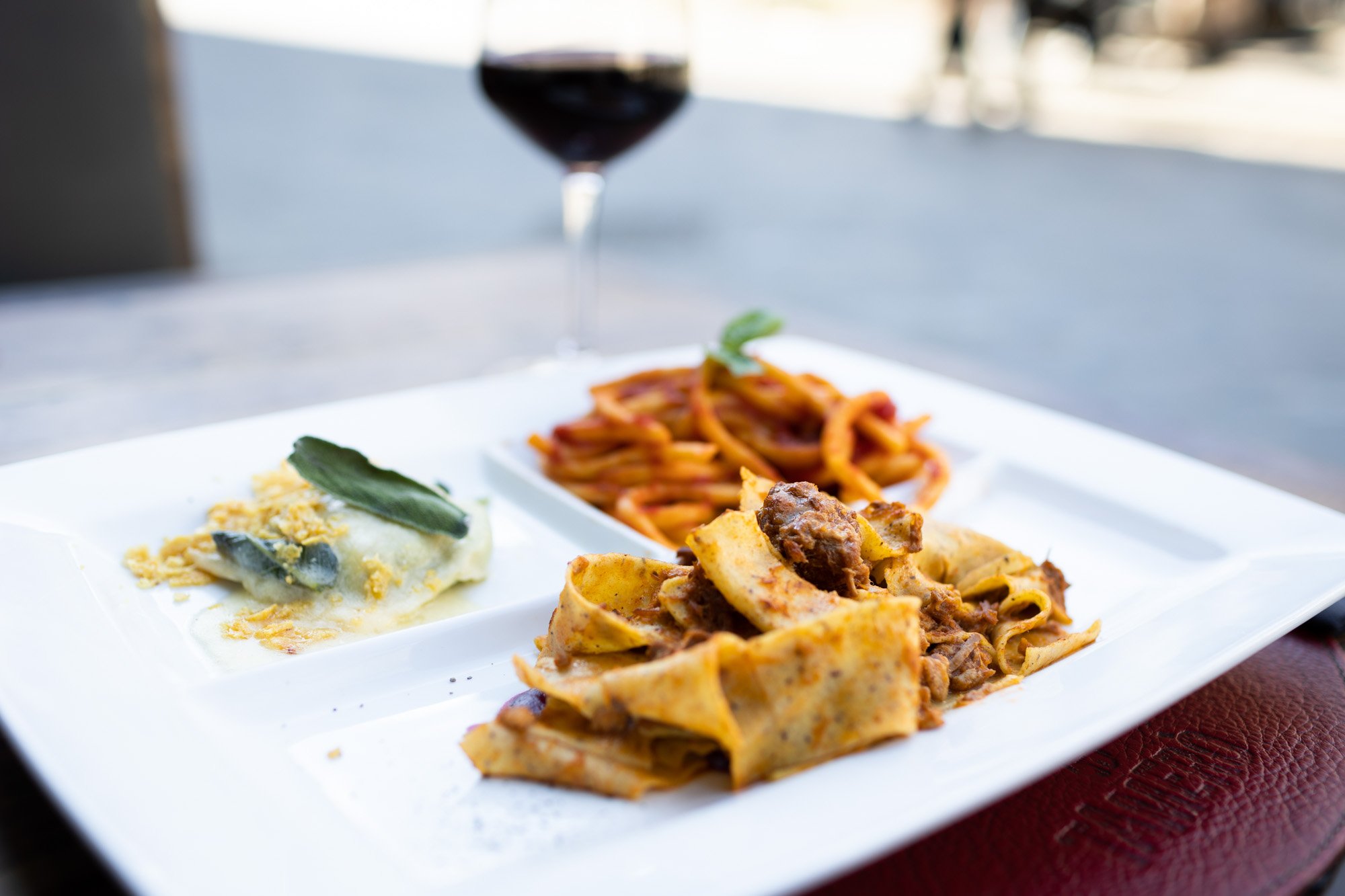how to eat out with allergic appetite.
How to Have an Allergy Appetite While Dining Out
It can be difficult to eat out when you have a food allergy, but it doesn't have to be. You may have a fantastic lunch at any restaurant by following a few easy guidelines.
1. Make a wise restaurant choice.
When it comes to accommodating food allergies, not all restaurants are made equal. Some restaurants have special menus for allergies, while others have staff members who are knowledgeable on how to handle food allergies. You may read what other customers have to say about a restaurant's capacity to accommodate those with food allergies in online reviews.
If you're not sure where to start, here are a few resources:
Over 100,000 establishments in the US and Canada with a track record of accommodating food allergies are included on this website, which is called FARE's Restaurant Allergy Guide.
You can look for restaurants with menus and alternatives using the app allergies.
OpenTable: You may book reservations at restaurants using this website, and you can filter your search results to only show establishments with selections.
2. Inform the restaurant of your allergy by calling beforehand. They will have more time to plan and gather the essential supplies as a result. Tell them about your allergy's severity and any extra allergies you may have.
- When you contact, make sure to inquire about the following:
- Does the eatery offer a special menu for those with allergies?
- Is the staff at the restaurant trained to handle food allergies?
- Can my dish be prepared by the chef in a different area to prevent cross-contamination?
- What food is safe for me to eat?
3. Describe your nutritional requirements in detail. Inform the waiter or server in full detail about your allergy when you arrive at the restaurant. Mention any potential cross-contamination issues. For instance, if you have a peanut allergy, you might want to request that your dish be prepared in a different pan or on a different grill.
It's also critical to remain alert to allergies that are concealed. Some typical concealed allergies are:
- Nuts
- Peanuts
- Soy
- Eggs
- Milk
- Wheat
- Gluten
- Fish
- Shellfish
If you're not sure whether a dish contains a hidden allergen, be sure to ask the waiter or waitress.
4. Do not be reluctant to inquire. Ask the waiter or waitress to check with the chef if you are unclear whether a dish is safe to eat. Being safe is preferable to being sorry.
You can ask the following questions, as examples:
- Has this food been prepared in a special fryer?
- Any shared utensils were used to prepare this dish?
- Are there any unidentified allergies in this dish?
5. If required, bring food with you. You can always bring your own food if there is nothing on the menu that you feel comfortable eating. Make sure to inform the restaurant in advance that you plan to do this.
Make sure to pack your food in a sterile container if you decide to bring your own food. To prevent cross-contamination, you might also wish to bring your own utensils.
Additional advice:
Wear a bracelet or card with an allergy alert. This will alert people of your allergy in case of a crisis.
Bring your prescription medication for emergencies. This includes any more medications you might need as well as your epinephrine auto-injector (such an EpiPen).
Be ready to speak out for yourself. Don't be shy about speaking up and requesting what you require. You are the expert on your own body, never forget that.
It can be intimidating to eat out when you have a food allergy, but it's vital to realize that you're not alone. To keep you safe and let you enjoy your meal, there are several resources accessible. You won't have to stress about your allergy when eating at any restaurant if you use these suggestions.
Here are a few more pointers from the blog Allergy & Appetite:
- Make research. Check a restaurant's website or social media accounts to see if they have any information about their allergy-friendly menu alternatives before you visit. Additionally, you can phone ahead and enquire about their allergy rules.
- Be willing to make concessions. You might not always be able to order everything on the menu. That's alright. Usually, there are other choices accessible. You might be able to order a burger without the bun or a salad without the croutons if you have a gluten allergy, for instance.



Comments
Post a Comment